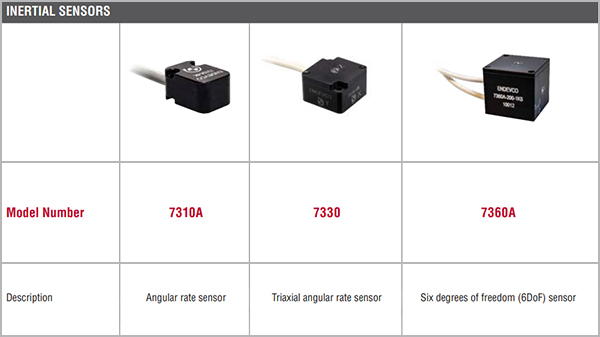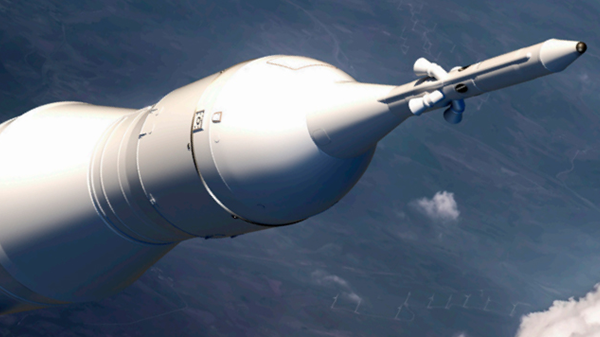ANGULAR RATE - Measure it easily and accurately with Endevco Angular Rate & 6DoF sensors
TYPICAL APPLICATIONS
- Vehicle dynamics
- Aircraft flight testing
- Spacecraft and satellite
- Missile testing
- Automotive rollover

Endevco® models 7310A & 7330 are angular rate sensors that utilise unique silicon MEMS gyroscope technologies with custom electronics and packaging, providing reliable sensing performance even under excessive shock and vibration environments. These angular rate sensors are designed for automotive safety testing and other system designs requiring accurate measurement of angular velocity.
The Model 7360A is a six degrees of freedom (6DoF) sensor that provides analog output for three axes of linear acceleration and three axes of angular rate in a compact, roughly one inch cube package. A sensor with analog output offers the advantage of being able to troubleshoot the data to its source and examine the output compared to its time history. As opposed to inertial measurement units (IMU’s) where the information has been digested and presented in a take-it-or-leave-it fashion, which is not user-friendly in a test and measurement or R&D environment.

In typical dynamic measurements, acceleration and angular rate data are essential parameters needed to fully characterise the complex behavior of a moving object. Until recently, engineers could only conveniently gather information using linear accelerometers because the massive array of sensors required to collect rotational data was impractical due to the expense and space required.

The Model 7360A 6DoF sensor solves this problem by providing multiple measurements with one compact sensor. Now, rather than having to make assumptions about these dynamic interactions, the 7360A provides reliable, empirical data to support the analytical results. In addition, the close proximity of all the CSM’s (centers of seismic mass) allows for superior approximation of the vehicle/body dynamics.
What makes the 7360A truly unique is that it offers low acceleration ranges and low angular rate ranges most suitable for accurately characterising motion.
